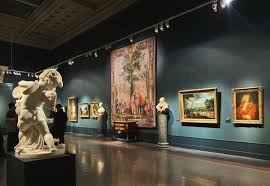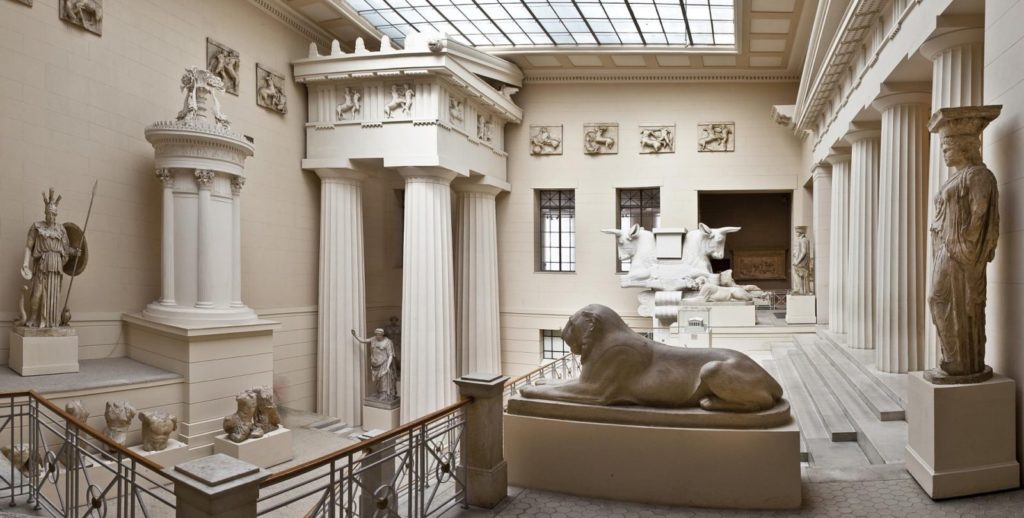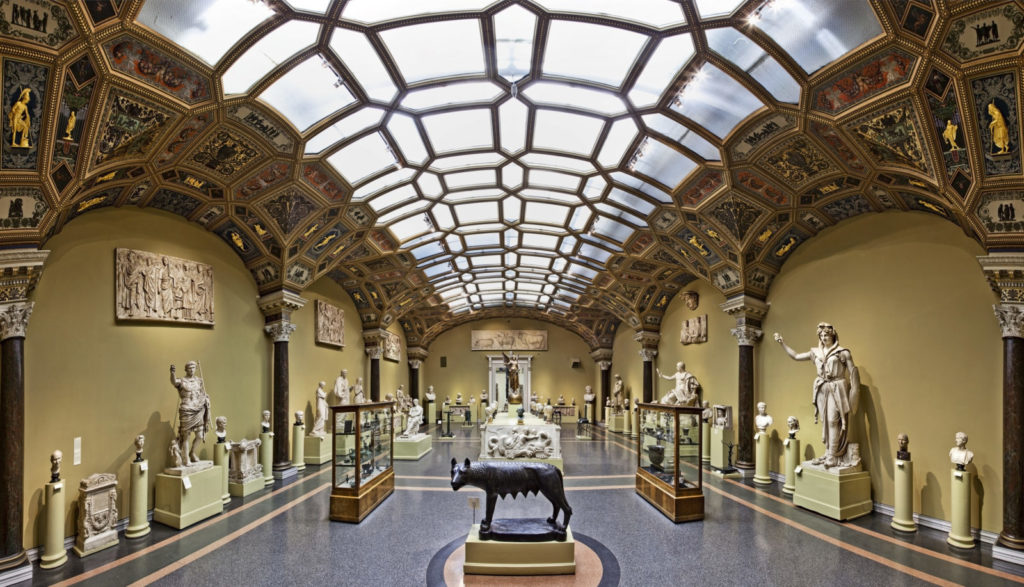27 June Pushkin Museum of Fine Arts
 The Pushkin State Museum of Fine Arts is the largest museum of European art in Moscow. It is located in Volkhonka street, just opposite the Christ the Saviour Cathedral.
The Pushkin State Museum of Fine Arts is the largest museum of European art in Moscow. It is located in Volkhonka street, just opposite the Christ the Saviour Cathedral.
The holdings of the Pushkin State Museum of Fine Arts currently include around 700,000 paintings, sculptures, drawings, applied works, photographs, and archaeological and animalistic objects, so it’s a “must see” when you are in Moscow.
Apart from the posthumous commemoration, the museum has no direct association with the Russian poet Alexander Pushkin. The facility was founded in 1912 by Russian professor Ivan Tsvetaev who was father of the well-known poetess Marina Tsvetaeva.
Tsvetaev managed to persuade the millionaire and philanthropist Yury Nechaev-Maltsov and architect Roman Klein of the importance and urgency of giving Moscow a fine arts museum. After changing the name numerous times, particularly in the transition to the Soviet era and the return of the Russian capital to Moscow, the museum was finally renamed to honour the great poet Alexander Pushkin in 1937, commemorating the 100th anniversary of his death.
The earliest monuments from the museum collection are pieces of Byzantine art. They include mosaics and icons. If we speak about the early stage of development of Western European painting, it is represented by a relatively small collection of Italian Primitives.
The collection of Western European sculptures includes more than 600 pieces. The museum has expanded its holdings over the years and currently owns artworks from the 6th-21st centuries.
The Museum of Fine Arts was originally intended as a museum of classical arts. Ancient artifacts were the core and the main components of its collection.
But I won’t say more, it’s better to see once than to hear a 100 times.


